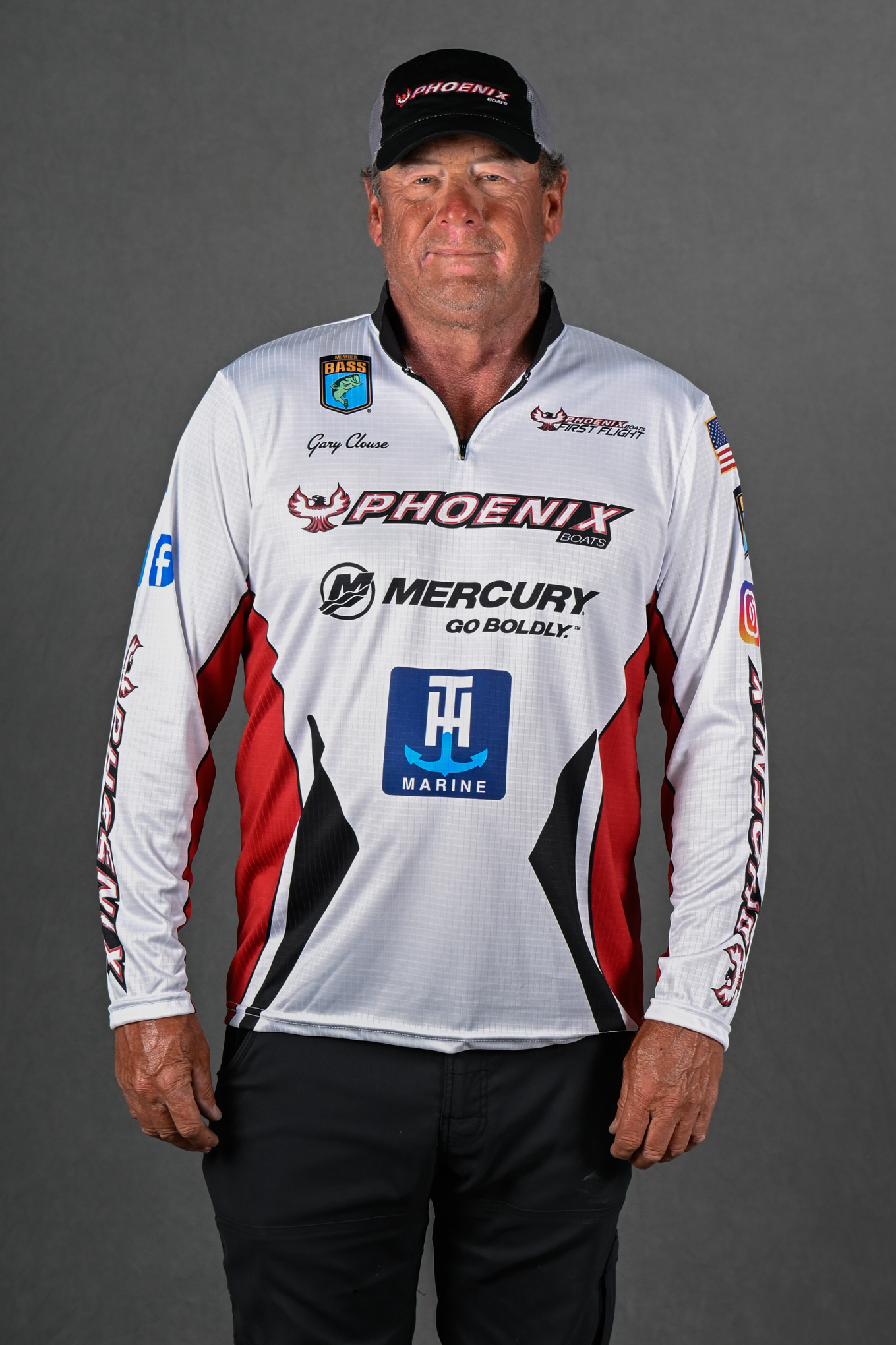
As the Bassmaster Elite Series heads into the Northern Swing, I can’t help but recall my early introductions to northern smallmouth fishing.
That happened back in the 1980s when I fished a Bassmaster Invitational on the St. Lawrence River.
Man, you talk about a big shock for this Tennessee boy. The sheer sizes of the lakes and rivers and the clarity of the water were very intimidating.
Back then you could target largemouth, but it quickly became evident in the forthcoming years that the smallmouth were getting bigger every year.
I spent some time up north fishing for smallmouth the past week or so, and I had to chuckle as I prepped and put rods in primary locker of my boat. Every one of them was a spinning rod. I had four or five rods rigged with drop-shot stuff.
I still carry some largemouth gear rigged up in the other locker, but I find myself using it less and less as those northern smallmouth get bigger and bigger.
As a result, I’m fishing more light line – usually 10-pound braid with an 8- or 10-pound leader. As I’ve grown more comfortable with lighter tackle over the years, spinning gear has become a bigger player for me even when fishing for largemouth in the South.
Strategies for fishing northern smallmouth are different as well. Because of water clarity, you have to make longer casts and the braid/fluorocarbon line helps with that.
These northern fish also spawn later into the summer so you can catch them fairly shallow into early July. But after that, they move to deeper waters.
We catch some pretty nice smallmouth in our Tennessee lakes, but I’ve found other differences between them and those that live in the north. For example, southern smallmouth tend to feed better during those dreary, rainy, nasty days while northern brown fish prefer it sunny. That’s probably because the northern strain living in clear water feed primarily by sight. I’m not saying the southern smallies don’t feed by sight, but it’s been my experiences that the better fishing days are when it’s overcast.
There is a lot more diversity in forage in the North too. While shad are key in the South, northern bass have perch, gobies, alewives and a plethora of other minnows, not to mention plenty of crawfish to eat.
Smallmouth bass don’t need a lot of cover like largemouth bass seem to require. In both the North and South, smallmouth roam around in packs of four or five eating everything in sight. However, you might find northern smallmouth on flats with nothing but a sandy bottom or with a few rocks scattered here and there.
Here’s another big adjustment – leave your power hook sets at home. With the smaller line and hooks used for northern smallmouth, you only need to lean and reel into them. You can’t overpower your tackle, and when you get Mr. Big on, you can’t rush him. That was one of the hardest things I had to learn – don’t try to pick ‘em when they’re still green. Let them play out.
And finally, when fishing in the North, you never know what you’re going to catch. Bass aren’t the only predators, as the lakes have an abundance of northern pike, walleyes and even muskies. You will lose baits to these toothy creatures.
All of that and the big, brawling smallmouth make trips north quite an adventure and one you won’t forget. Those trips can be a lot more enjoyable if you realize that you’re fishing for a different breed of animal and in a much different environment than what most southern lakes offer. Be prepared properly and you’ll go home with some fabulous memories.





